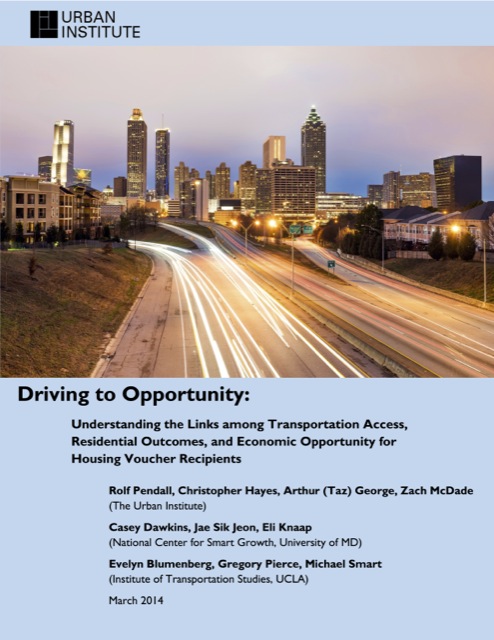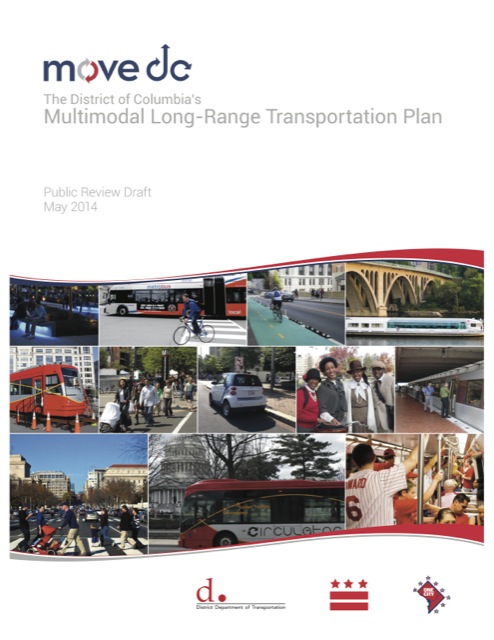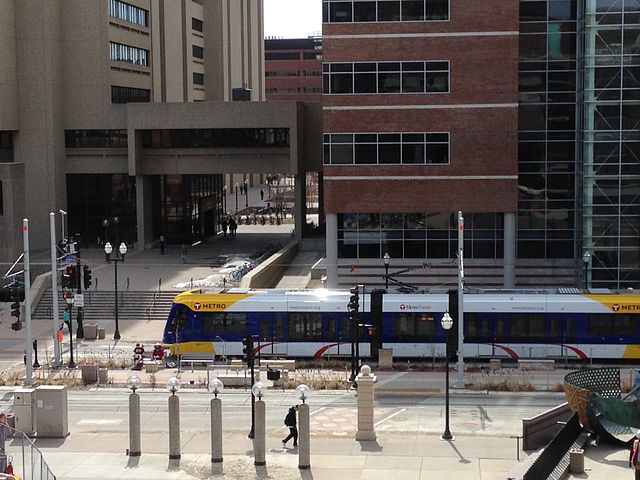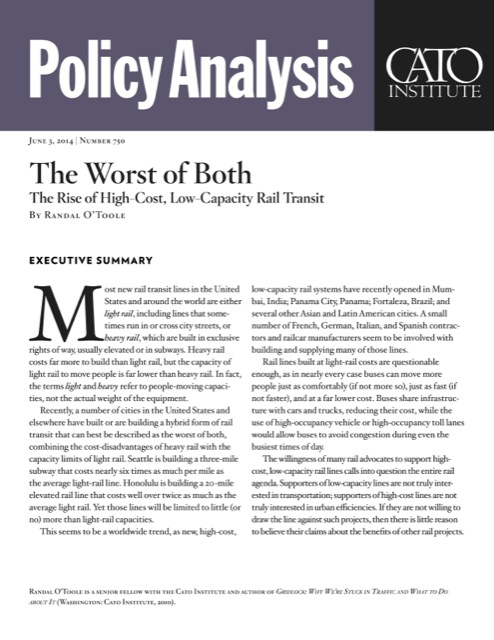An implicit principle in a democracy is that the officials who decide how your taxes are spent represent you, the taxpayers, and not the bureaucracies that receive your taxes. But Congress violated this principle when it wrote MAP-21, the 2012 transportation law. As detailed in a proposed rule earlier this month, the law gives transit agencies in major urban areas a vote on how much of each region’s transportation dollars are spent on transit.
State legislatures are made up of people elected by various voting districts, not representatives selected by the state departments of transportation, justice, welfare, fish & wildlife, parks, and other bureaucracies. Similarly, city councils are made up of people elected by the voters in that city, not by representatives selected by the various water, transportation, fire, and other bureaus.
In 1962, Congress mandated that urban areas of 50,000 people or more create metropolitan planning organizations (MPOs) that would decide how to spend federal transportation and housing funds. At that time, it recognized this principle, specifying that the governing board of each MPO consist of elected officials from the various cities and counties in that urban area. While this was one step removed from the voters, it at least insured that the voters had an indirect say over how their money is spent.
However, MAP-21, the 2012 law reauthorizing federal transportation funding (including funding for MPOs), departed from this principle by requiring that transit agencies in all urban areas with 200,000 or more people be given representation on the MPO boards. In other words, the bureaucrats themselves will get to vote on their own budgets.












